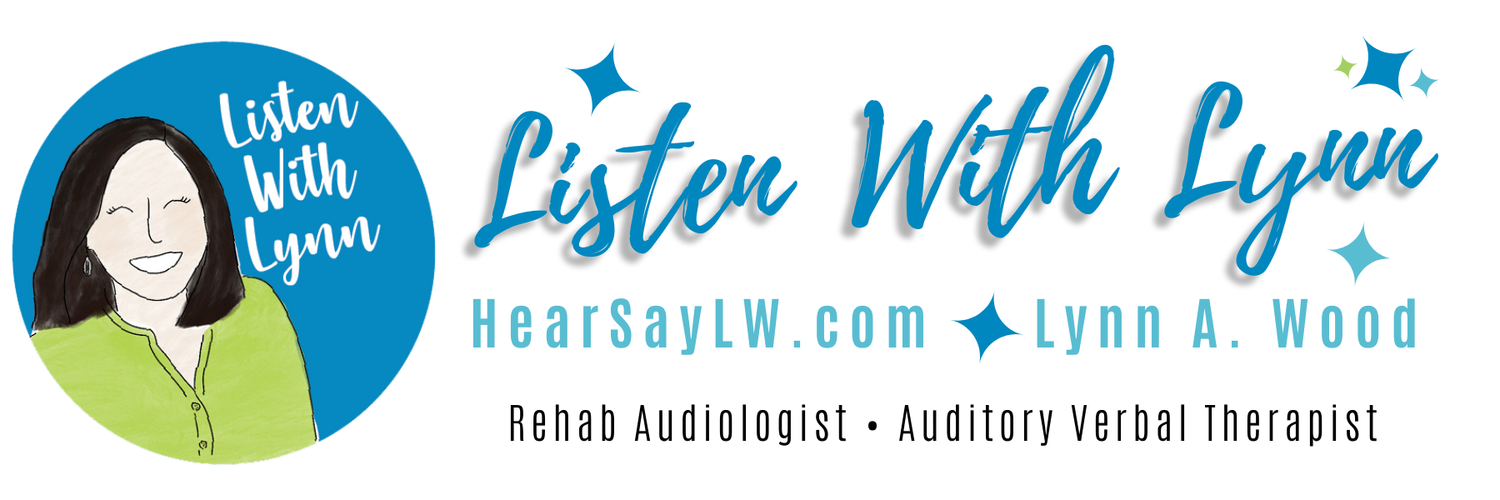What are your LSL therapy plans for this week?
We are reading, listening, and learning along with the animals in the classic story "Polar Bear, Polar Bear What Do You Hear?”, then playing one of my favorites the Silly Directions game?
Silly Directions is an active listening and spoken language game for children of many ages and stages that can be leveled up or down to meet their needs. This game gets kids listening, moving, thinking, and learning.
The directions are designed to be fast, fun, and effective for children who are deaf and hard of hearing and for others who can benefit from practicing listening skills. Kids can expand their receptive language, increase their auditory working memory and processing skills while being engaged and active.
This game can help children learn to:
follow auditory directions
recall and process directions
'chunk' auditory information
remember critical elements in sequential order
use compound and more complex sentences
ask for clarification if they have trouble remembering
expand vocabulary:
Silly Directions can target:
- Similes - Children learn comparisons with similes. Similes use the words like or as to compare things —“Arch your back LIKE a cat.”
- Adjectives - Children hear and build vocabulary while naming the objects. They learn the adjectives that describe the objects — a BOTTLE of ketchup, a MONARCH butterfly, a GARDEN hose…
- Body Parts - Children hear and expand the names of body parts — forehead, waist, chin…














